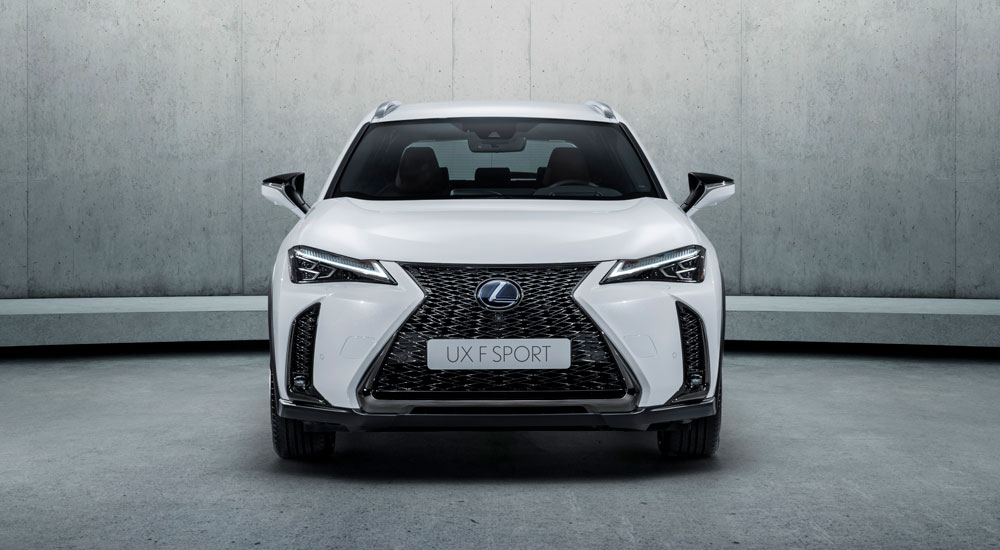Motor Trend has an interview with Chika Kako, Lexus International executive vice-president and the chief engineer of the new UX:
Motor Trend: What vehicles did you benchmark?
Chika Kako: As a crossover we checked of course, BMW X1, Mercedes-Benz GLA, [and] Audi Q3. We also [checked the] Audi A3, Mercedes-Benz A-Class, and BMW 1 Series. If we look at the market here right now, BMW X2 is coming, our package is quite close.
MT: UX rides on the Lexus GA-C. What is the GA-C and TNGA?
CK: At Lexus GA-C is our global architecture “C-platform” and it’s the same TNGA platform as CH-R, Auris, and of course, Prius. It’s a common (shared) platform, however, because the basis already provides good noise and vibration levels, as well as drivability and rigidity, we were able to further expand and enhance from what we had as a baseline.
There are several things we have done [at Lexus for UX]. We have made center of gravity lower, we are using aluminum doors, fender and foot panels, and the [liftgate] is a resin door with aluminum reinforcement. These changes make the center of gravity lower. Body rigidity is also reinforced by using laser screw welding and body adhesives in the structure. This makes the body more rigid and handling response better.
There’s some detail into how the Lexus UX design factors in aerodynamics:
MT: The taillights on the UX are very striking. Can you talk about the design?
CK: The appearance is quite unique, but it serves an aerodynamic function and is inspired by the rear wing of a race car. Our designers and engineers collaborated on the question, “How can we modify the shape and stabilize the airflow?“
It’s about letting the airflow be smoothed out, rather than the air wrapping around behind the car creating different pressure zones. That kind of thinking was also applied on the fender edge molding. If you look at the car, there is quite a unique shape to the fender. The upper portion is quite straight, but the back edge is abrupt. This is really for the aerodynamics.
Kako also confirmed that that fender molding will only be available in black, and that the UX will be manufactured at the Kyushu factory in Japan. The on-sale date is October in Europe and December for North America.


Comments